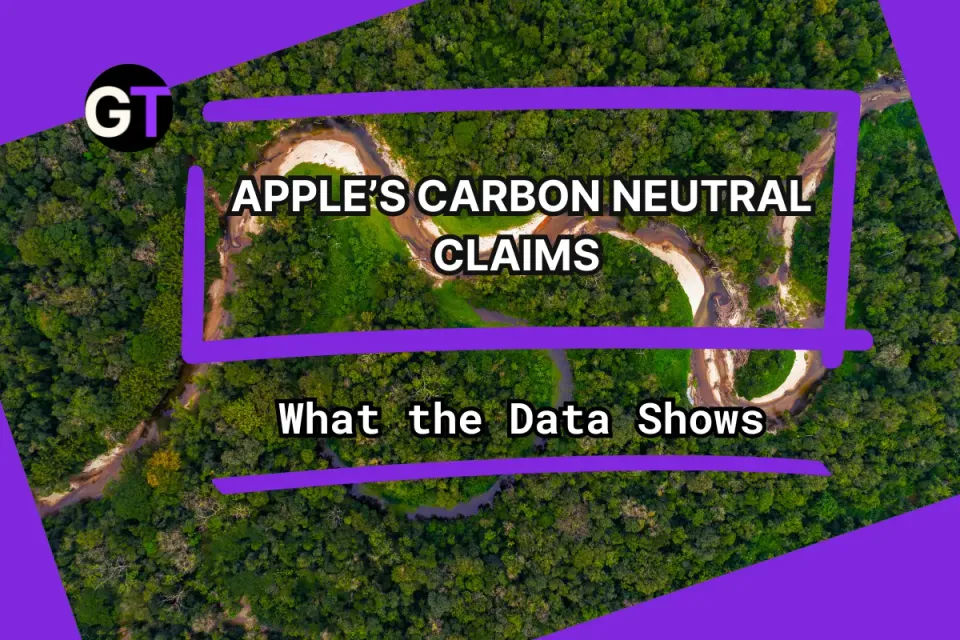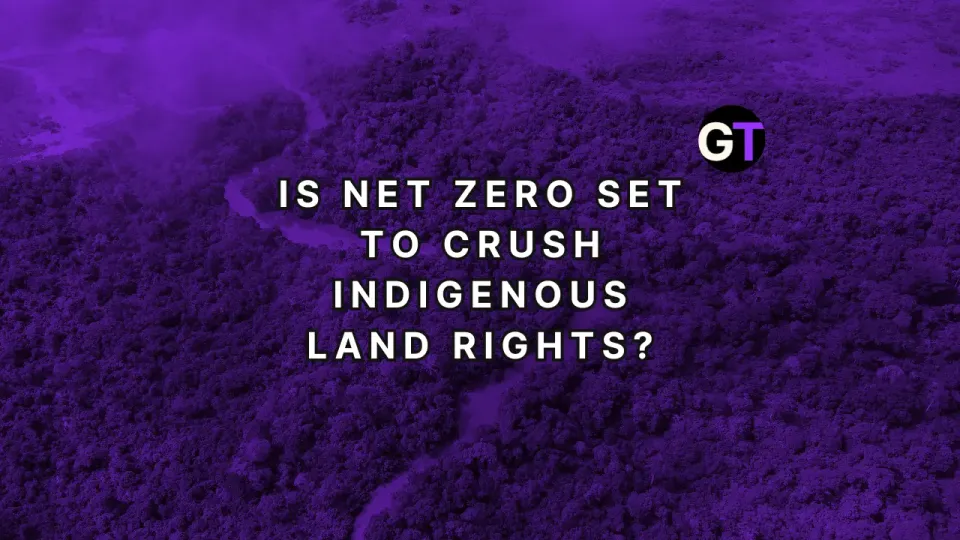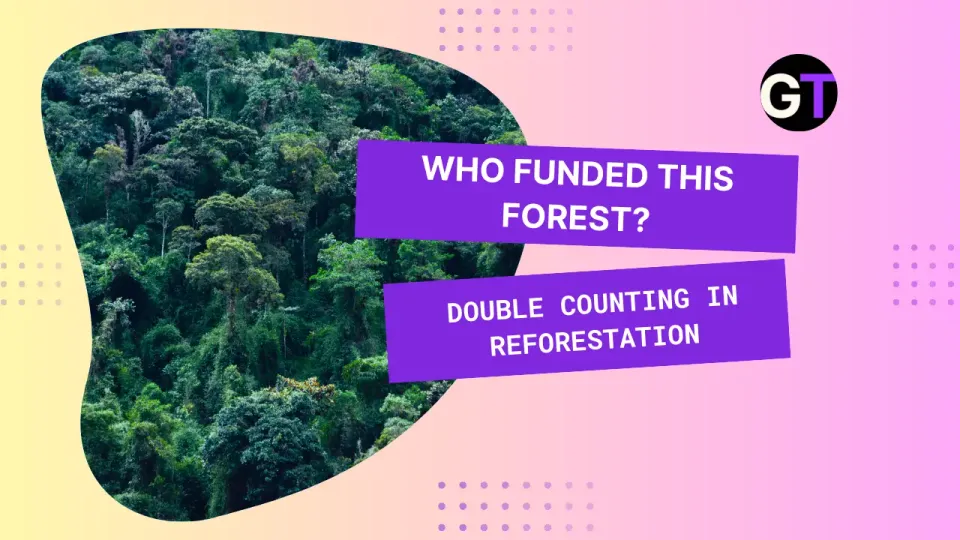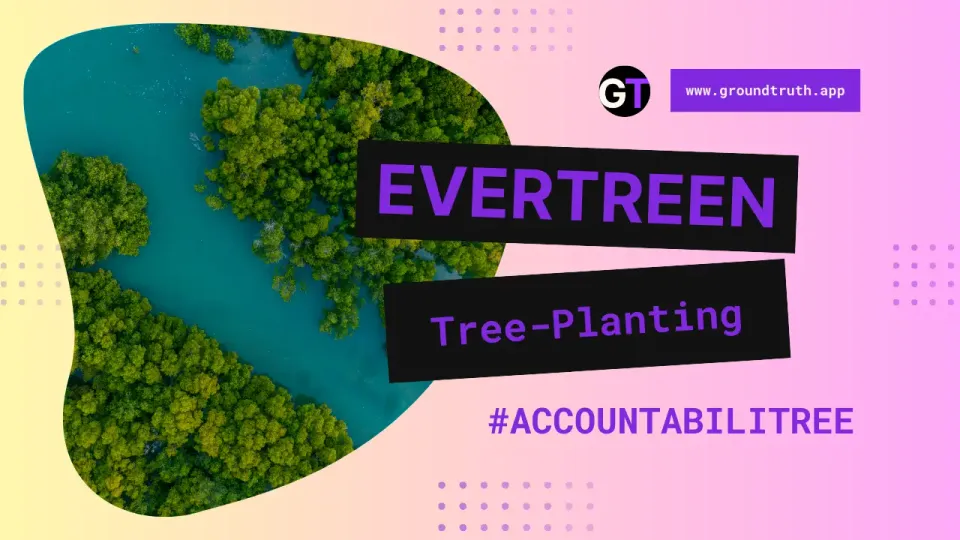Strengthening Canada's Greenwashing Standards
While Canada has not yet established a formal framework for substantiating corporate environmental claims, it is actively exploring how businesses can be better supported in validating their sustainability efforts.

The following is a reprint of our submission to the Competition Bureau.
Canada's Regulatory Action on Greenwashing
Canada is taking significant steps to address greenwashing, with a public consultation open until September 27, 2024, following proposed amendments under Bill C-59. These changes to the Competition Act aim to address potentially misleading environmental claims. The proposed requirements would:
- Require that claims about the environmental benefits of a product be supported by proper testing.
- Mandate that business-related environmental claims be substantiated in accordance with internationally recognized methodologies.
The Competition Bureau significantly shape is currently assessing how these requirements will be enforced and expects to provide further guidance to offer transparency and predictability for businesses and the legal community. However, it is important to note that the exact guidelines are still under development and may evolve based on feedback received during the consultation process.
While these amendments represent progress, Canada is continuing to refine its approach to verifying corporate environmental claims. The consultation will significantly shape future standards, ensuring businesses can better substantiate their sustainability efforts.
Disclaimer: This article is for informational purposes only and does not constitute legal advice or an endorsement of any specific organization, platform, or methodology.
Toward a Canadian Standard for Substantiating Environmental Claims
While Canada has not yet established a formal framework for substantiating corporate environmental claims, it is actively exploring how businesses can be better supported in validating their sustainability efforts. Global approaches offer valuable insights into how local transparency could be enhanced to support businesses in meeting regulatory standards.
For example, the European Union’s Corporate Sustainability Reporting Directive (CSRD) mandates that companies disclose sustainability data in a standardized format. This data is made available through the European Single Access Point (ESAP), a centralized platform designed to ensure all sustainability reports are accessible in a consistent format across the EU.
Incorporating a similar system in Canada could support businesses by enhancing transparency, comparability, and accountability in environmental disclosures, though it would require careful consideration of Canada's unique regulatory landscape and stakeholder needs.
Establishing a centralized repository for sustainability data would facilitate easier access to verified information, reducing the likelihood of misinterpretations or misunderstandings related to corporate claims and helping companies showcase their legitimate environmental efforts.
Transparency in Corporate Environmental Projects
Corporate environmental initiatives often voluntarily rely on transparency to ensure their legitimacy and credibility with stakeholders.
Platforms such as Restor.eco and Explorer.land promote openness by making detailed data on tree planting and restoration projects publicly accessible, helping businesses and stakeholders alike to better assess the impact of these efforts.
It is important to note the data on these platforms is typically self-disclosed by companies and may not be independently validated. However in our view, presenting any evidence at all, even if not independently audited, is an important first step.
These platforms allow companies to publish specific data points such as the number of trees planted, species diversity, project location, and even satellite imagery to showcase the progress and impact of restoration efforts.
This kind of granular, project-specific data not only contributes to greater transparency but also allows stakeholders to verify environmental claims with more precision.
Considering the types of data these platforms make available, policymakers should evaluate whether environmental projects and corporate initiatives can provide similarly detailed, verifiable data.
Ensuring that projects disclose this level of information—especially when it comes to metrics like biodiversity impact and geographic accuracy—would be an important step in establishing whether corporate sustainability claims are backed by "adequate and proper substantiation."
As businesses continue to enhance transparency, regulatory guidelines can further support these efforts by providing clear, standardized reporting practices, supporting businesses in maintaining credibility with stakeholders.
Reporting Granular Details in Corporate Tree Planting Efforts
As former tree planting contractors, we have witnessed firsthand the importance—and feasibility—of detailed, transparent reporting in tree planting projects. Having been on the ground in reforestation efforts, we know that a move towards more granular data is not only reasonable but essential for ensuring long-term environmental benefits.
Many companies are already taking significant steps toward transparent reporting, and adopting these granular practices will further support them in meeting Canada’s growing regulatory standards around environmental claims. These practices are considered standard in Canadian silviculture, although slight variations may exist between projects. Typical standards include:
- Number of Trees Planted: Accurate counts are critical, with exact accuracy required for each parcel of land ("block") planted.
- Species Diversity: Canadian forestry projects are expected to document the variety of species planted, including seedlot information, as biodiversity is crucial for the success and resilience of reforested areas.
- Geographic Coordinates: Providing exact project locations and polygons is a standard practice across the industry.
- Survival and Growth Rates: Regular audits are conducted, with periodic monitoring of tree survival until they reach Free-to-Grow status.
Reporting at this level of detail is an integral part of genuine sustainability efforts, even with some project-specific variations. As transparency becomes a growing expectation, the forestry sector’s reporting practices can serve as a model for other industries seeking to enhance consumer trust and ensure corporate sustainability claims are fully verifiable.
Expanding the Role of Open Data
To fully realize the potential of corporate sustainability reporting, Canada could incorporate open data principles into its regulatory framework. A coalition of organizations, including Business & Human Rights Resource Centre, Wikirate, and Clean Clothes Campaign, has called on the European Union to apply these principles to the CSRD.
These principles could equally benefit Canada’s approach, particularly as businesses seek to build trust with investors, regulators, and the public. By adopting open data standards, Canada could make corporate sustainability data widely available and usable for a variety of stakeholders. This would ensure that the data is accessible not only to investors and regulators but also to the public, researchers, and civil society organizations.
Adopting open data principles would ensure that sustainability data is findable, accessible, interoperable, and reusable (FAIR), making it easier for independent parties to analyze and verify corporate claims.
While open data principles enhance transparency, it’s also important that businesses have the necessary tools and support to ensure their data is verified and reliable.
Conclusion
Canada’s public consultation on greenwashing standards presents an opportunity to create a regulatory framework grounded in transparency and public accountability. By learning from global best practices and incorporating open data principles, Canada can build a system that ensures corporate environmental claims are verifiable, robust, and accessible.
By drawing lessons from the forestry industry’s detailed reporting practices, policymakers can make reasonable assumptions about the kinds of transparency and reporting that can be expected from sustainability projects focused on reforestation and conservation.
Ultimately, a transparent and well-regulated system will help businesses build credibility, protect consumers, and promote genuine sustainability in corporate practices.




